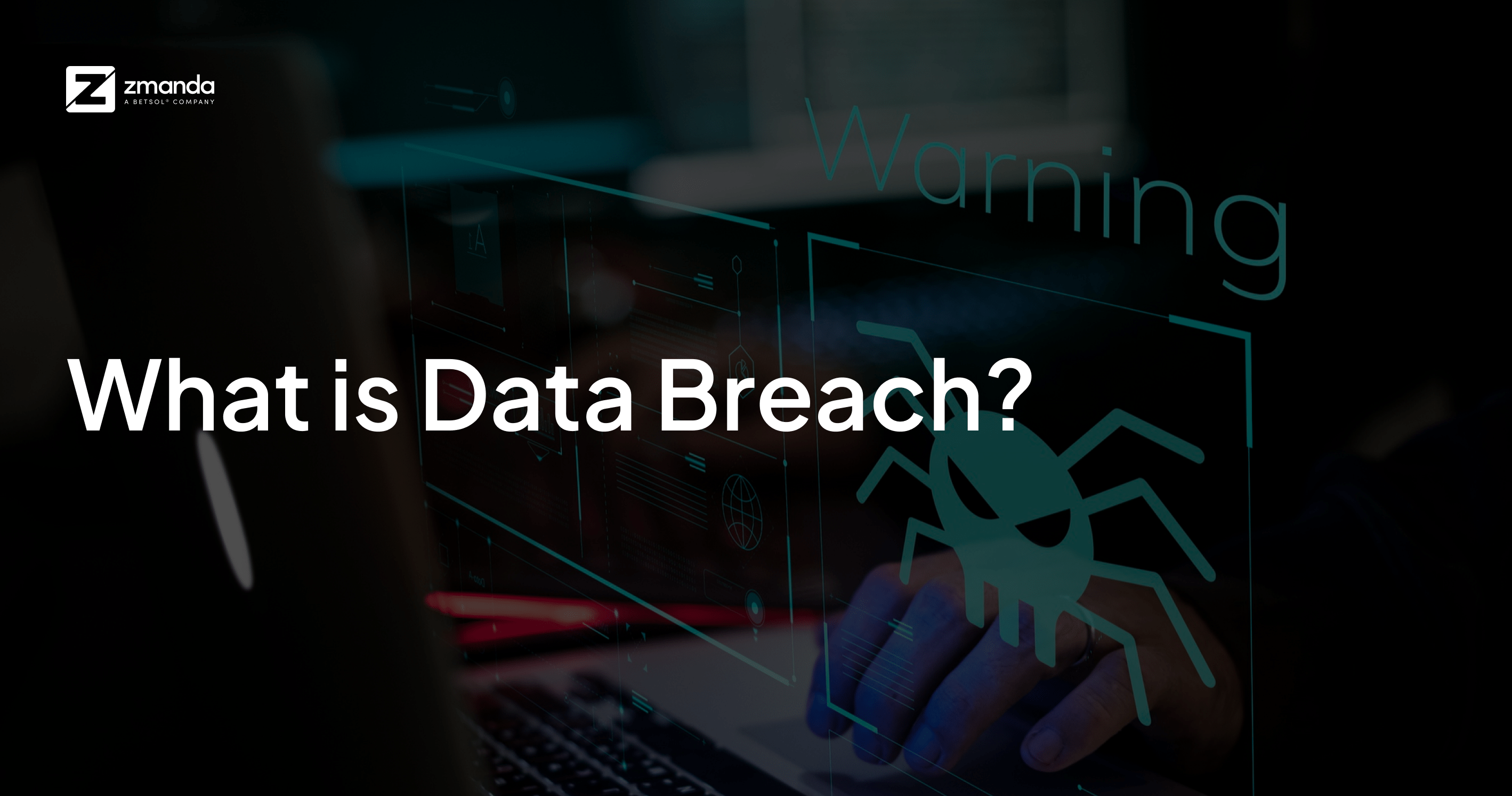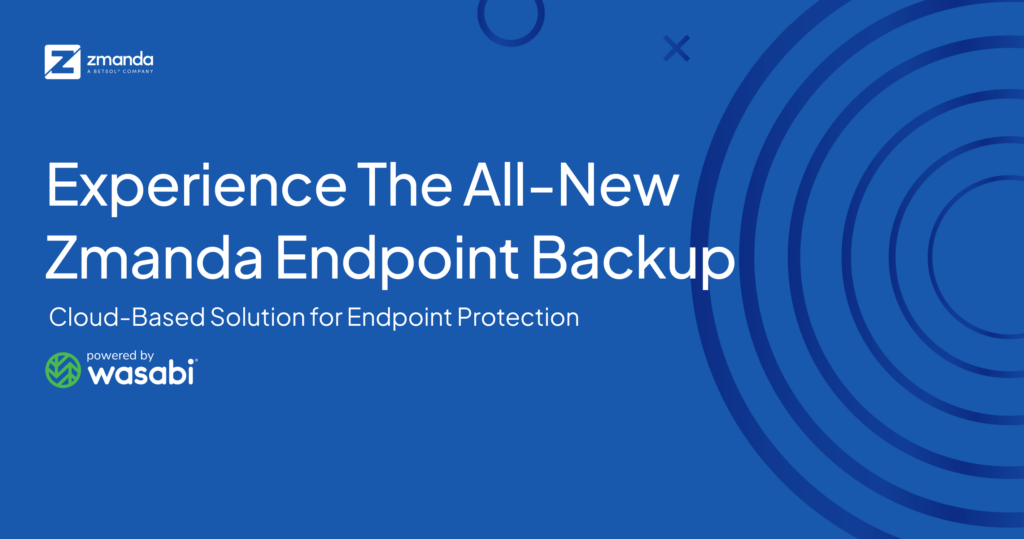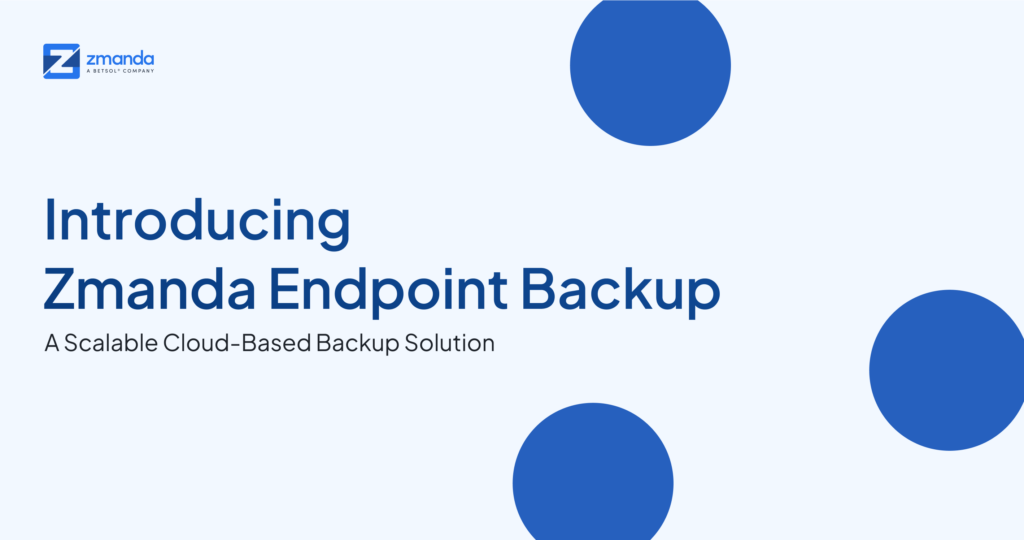
What is Data Breach and How to Handle them
Many a time, you might have come across these words “You have been hacked!” Those dreaded words are frustrating…much worse than first feared. Aren’t they?
In today’s threatscape, wherein the immunity of cloud storage services is constantly challenged, it’s time to take security risks seriously. If you are still peaceful with the notion that public cloud storage solution removes the risks of data breaches, you are utterly mistaken. Because, in reality, you are under a continuous threat to be a victim of a cyberattack. Failing to establish password protection can spell a much bigger payoff than just cost.
Let’s face it. The largest data breaches don’t happen by chance. For hackers, infiltrating a data source is a much conscious effort. Oftentimes, a data breach that occurs is identified years later costing the business millions of dollars, not to mention the damage of company reputation.
How Much Does a Data Breach Cost a Company in 2020?
According to the survey from Ponemon’s 2020 figure, data breaches on average cost $3.86 million. In the US, the average cost of data breaches amounted to $8.64 million. Let’s dig into the records of the industries globally that saw a spike in the total cost of a data breach in 2020:

Moving on, here’s a list of data breach stats on record that is enough to shake you up:
- It is estimated by Lloyd’s that security breaches can cost over $400 billion globally.
- 95% of cloud breaches are due to misconfigurations.
- In the first half of 2018, social media data breaches alone accounted for 56% of data breaches.
- In 2016, 95% of breached records belonged to the government, retail, and Information technology.
- In 2019, hackers accessed customers’ email accounts by misusing Microsoft’s customer support portal.
- 48% of malicious email attachments are Microsoft office files.
- By 2021, cybercrime is estimated to cost about $6 trillion annually.
- Routers and connected cameras account for 90% of infected devices.
- 90% of malware comes from emails.
- 36% of compromised data contains personal information such as name, birthday, and gender.
But before you fight back, it’s imperative to understand what data breach exactly is and how do they happen. The article explores what data breach is, data breach types, how do the biggest data breaches happen, and how to prevent data breaches from occurring.
What is a Data Breach?
A data security breach is a situation wherein sensitive, confidential, and personal information has been copied, stolen, transmitted, viewed, or exposed by cybercriminals to gain unauthorized access.
It’s important to realize that a weak internal cybersecurity system can pose an insurmountable challenge for enterprises. In reality, leaving these security vulnerabilities unfixed can give cyberattackers a free pass to exploit enterprise databases. Once the hacker succeeds in leaking confidential information, it can cause detrimental effects ranging from database corruption, theft of intellectual property rights, long-term financial damage, and whatnot.
Types of Data Breaches:
Data breaches can be broadly categorized into 7 types:
- Physical breach: Physical theft or insider threats occur when users who do not have permission to the data can gain access, without changing any records. This is a common insider threat wherein, a bribed employee or unauthorized employee is tasked to steal data. For example, any of the internal firm employees, vendors, or partners can physically enter the office premises, insert malicious hardware, and gain unauthorized data access. Such kind of illegal access is often not discovered for weeks or even months after the breach occurs.
2. Ransomware attacks: A ransomware is a more sophisticated attack in the sense that they combine the malware and ransom that allows the hacker to block the user’s access to data systems from use. Once the system is compromised, the user is extorted for payments in exchange for data to be restored or corrupted. Some of the more notorious breaches, like the WannaCry virus, comes under this category. Usually, the data is encrypted or modified and ‘held hostage’ by the illegal user – until some ransom condition like payment is achieved.
3. Phishing attacks: To gain access to protected information,hackerssend emailsto employees that appear legitimate. In this type of data breach, the attacker exploits the employee’s trust (in the form of trusted email source, or phone calls that seem official) taking the guise of credible entities. Once the victim enters sensitive information, the data is spoofed. Finally, the attacker deliberately gains access to personal identifying information (PII). Phishing scams are targeted to steal company-sensitive credentials and data or gain access to bank accounts.
4. Data Eradication Breaches: In this type of breach, some viruses, malware, or even users can willfully delete or destroy the data by gaining access to the company’s sensitive information or insecure passwords. Although it’s rare than the other types of breaches, this form of the breach is potentially catastrophic to a firm.
5. Cross-Site Scripting Attacks: In this type of breach,hackers infect a webpage by inserting a malicious code or script into the webpage HTML’s body. In this case, when the user accesses the webpage, the malicious script input gets executed. In time the hacker gains access to the cookies, tokens, or any other sensitive data that the browser retains.
6. SQL Injection Attacks: Thistype of attack allows the hacker to take control of a web application’s SQL coding by injecting a malicious SQL code to manipulate the database to access sensitive information. Here, the attacker exploits the security vulnerability present within the system coding to delete, copy, modify or even destroy the data entirely.
7. Man-in-the-browser (MITB) Attacks: In this type of breach, the attacker mimics a website interface and design that looks similar to an authentic site that contains login credentials input requests. In fact, it’s a very easy method to trick the users and prompt them to enter their login data.
How to Prevent a Data Breach?
Did you know that as per the survey made by the Online Trust Alliance, 90% of data breaches are preventable? No system is perfect. Therefore, creating strong layers of security can greatly help to reduce your risk of a data breach.
Let’s have a look at some of the best practices to prevent data breaches:
- Use Strong Passwords: Your data is vital. Thus securing it with a strong unique password rather than using your name or date of birth is the best cybersecurity practice. Also, ensure that you change passwords, once every 60 or 90 days. Include two-factor authentication, social security numbers in login credentials and update them consistently.
- Invest in Security Software: Employees can inadvertently download viruses that are masked as usual communications. Using antivirus software acts as a protective layer. In order to avoid security breaches, security software such as anti-spyware, antimalware, and antivirus software should be installed. These toolkits should be continuously updated with the current list of potential viruses. Given that the list is tested each time a computer accesses files or websites, the antivirus software can easily detect, block, and prevent viruses from entering a computer system.
- Firewalls: Firewalls deploy multi-layered protection, monitor incoming and outgoing network traffic based on a set of configurable rules to detect and prevent web attacks. Firewalls compute your secure internal network from the insecure Internet. Additionally, they also provide secure virtual private network (VPN) connections for remote workers to gain access from outside the firewall.
- Update and Patch IT systems Regularly: Software can be vulnerable. Applying security patches to software and hardware can prevent hackers from exploiting code that can be used for unintentional purposes. Another key point is that being attentive with an update and patch management on a routine schedule is a core part of the protection layer. But, unfortunately, it is often overlooked.
- Stay Informed and Educated: Cyber threats constantly evolve. Under those circumstances, it is significant to keep updated on the latest trends in security. Moreover, gaining insights on how to recognize suspicious websites and attempts can prevent you from being a cyber victim. To point out, certain risks behavior from employees such as downloading music, videos, images from rogue websites can make the entity a data breach victim. Instead, focusing on the sources of the new threats can help update changes that should be added to your security layers.
- Security Awareness Training: Despite much hard work surrounding cybersecurity, accidents do happen. For hackers, employees are the weakest link that can be exploited easily. In fact, many data breaches are attributed to human error, even with the best intentions. This includes; not updating or patching software, opening the “wrong” attachment, unintentionally downloading a virus, and more. While regular security training for employees is the most ignored, yet this is the most effective step in averting a data breach.
Don’t be a Victim; Add a Second Layer of Data Protection
The points mentioned above can help to lessen the risk of a company data breach to a great extent. However, tech data breaches are constantly evolving. Therefore, it’s high time that businesses are equipped with breach prevention techniques before they become a victim of a cyberattack. The vital pointers address how to return to operations rapidly and safely if you do suffer a data breach.
Remember, every person that interacts with your office system might be a potential victim.
Assuming the latest data breach comprises of corruption or loss of files, adding a second layer of protection should include the following elements:
Keep a Complete Data Backup: Use a secure cloud backup solution from a cloud storage provider to keep a copy of all data. As a matter of fact, many companies back up their website, applications, and databases daily. Firms using Office 365 and other office productivity suites tend to back up their emails, calendars, files, attachments, and more on an ongoing and consistent basis.
Conduct Ongoing Automated Backup: The secret to minimizing the risk of data is to conduct an ongoing and consistent backup activity. That is to say, powering the process of continuously backing up all data on a daily (at a minimum) basis. Try to use a system that provides a ‘set it and forget it’ automation function.
Restore Data Easily and Quickly: In the worst-case scenario, if your data is compromised due to a breach, don’t panic. Rather than juggling multiple systems to find and restore your data, use Zmanda backup solution. Not only you can restore your data with a single click, but also you can save time while preventing data loss.
So, What’s Your Backup Plan?
The consequences of a data breach are devastating wherein, only encryption is not enough. It’s extremely crucial to safeguard your confidential data from ransomware attacks that threaten data integrity. Remember the infamous WannaCry ransomware attack of 2017? The hackers behind WannaCry infected an estimated 200,000 computers thereby, demanding ransoms to unlock files of more than 300,000 machines across numerous industries, including health care, finance, legal and more. By all means, a full-protection system can shorten your administrative tasks. Also, it can make it drastically simplify the IT admins’ tasks to manage and restore sensitive data in the local, cloud, and network destinations before, during, and after a data breach.
Keep it meek! Use a ‘single pane of glass’ organizational dashboard to switch all activity associated with backing up and archiving all your data. All in all, Zmanda software is a one-stop backup solution against ransomware that can schedule for a backup to happen at some point and just forget about it.
Data manipulation is a sneaky tactic used by hackers that can rob off your peace of mind. By using a layered security system of data backup like the Zmanda Backup Solution, why not simplify your effort of data backup and archival that can assure complete backup and keep your systems updated and running? Makes sense, right?
So, is your company prepared with a solid backup solution to combat data breaches?


